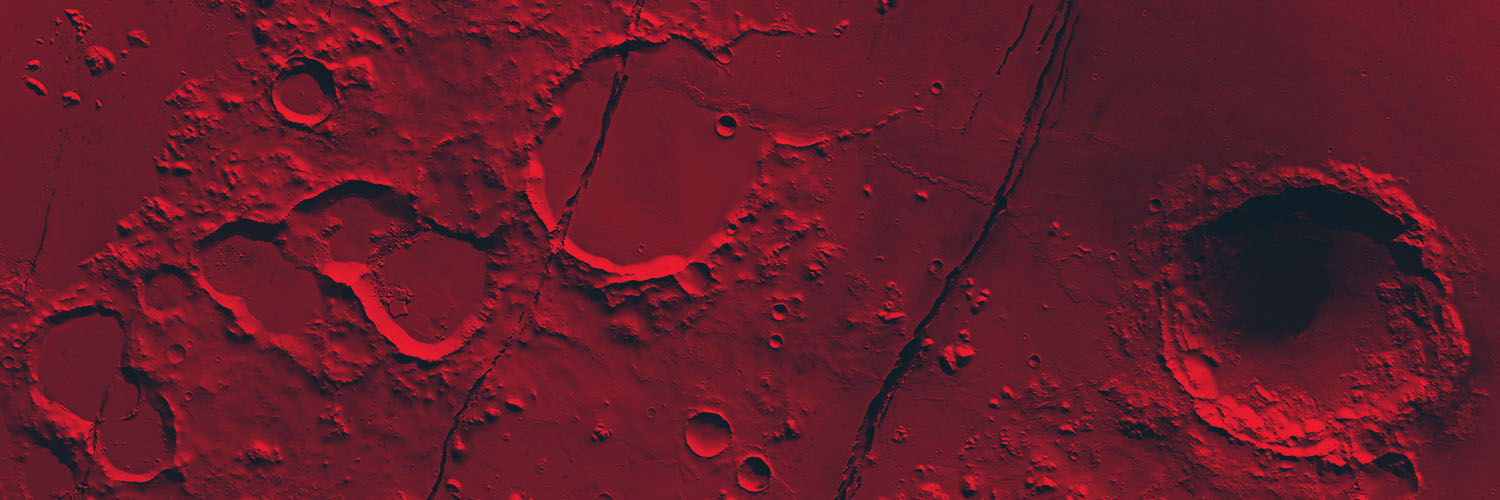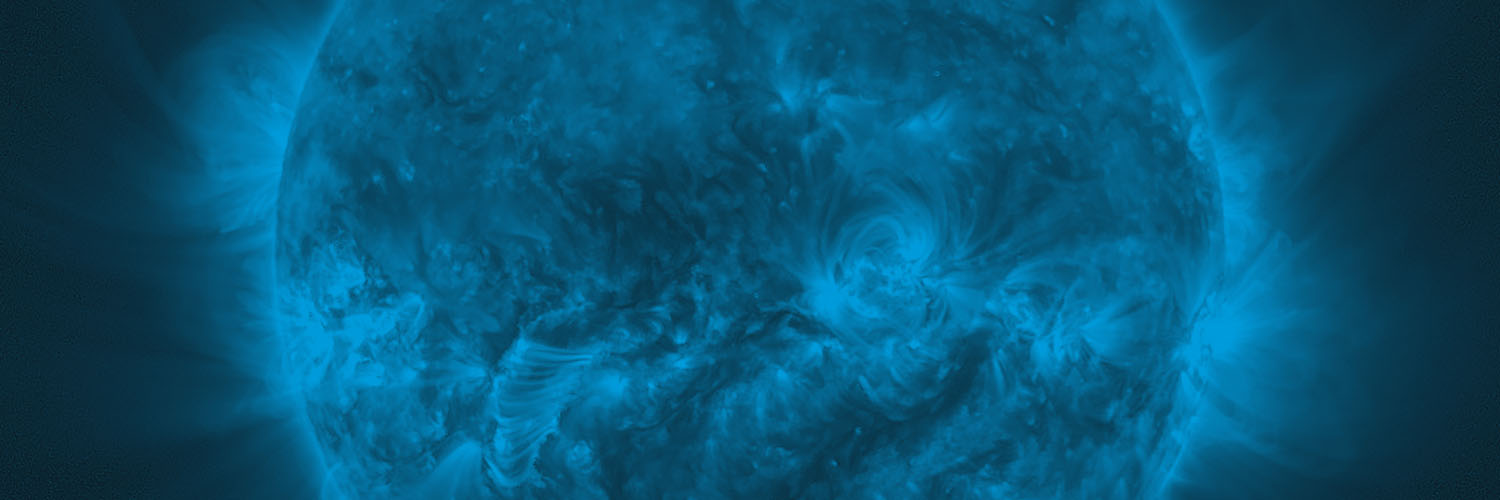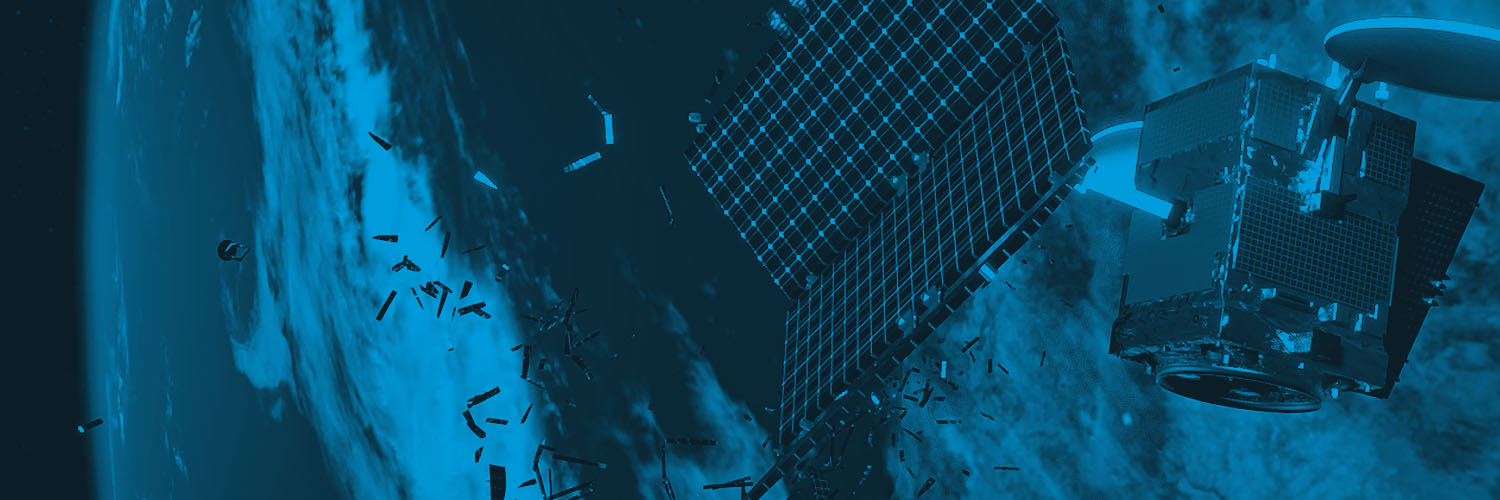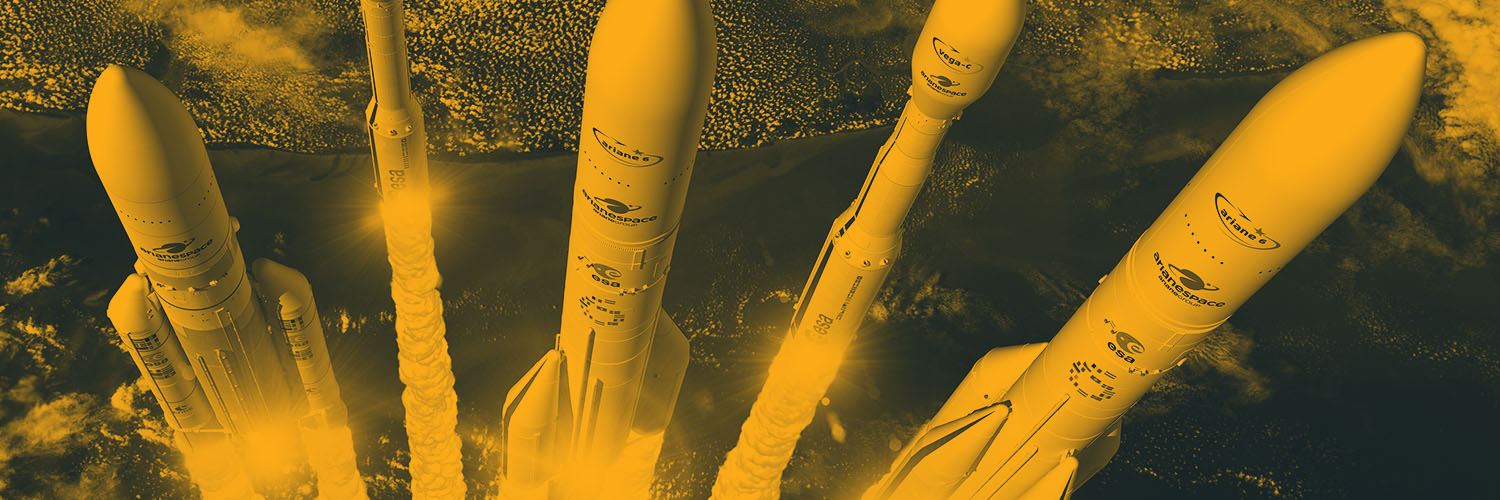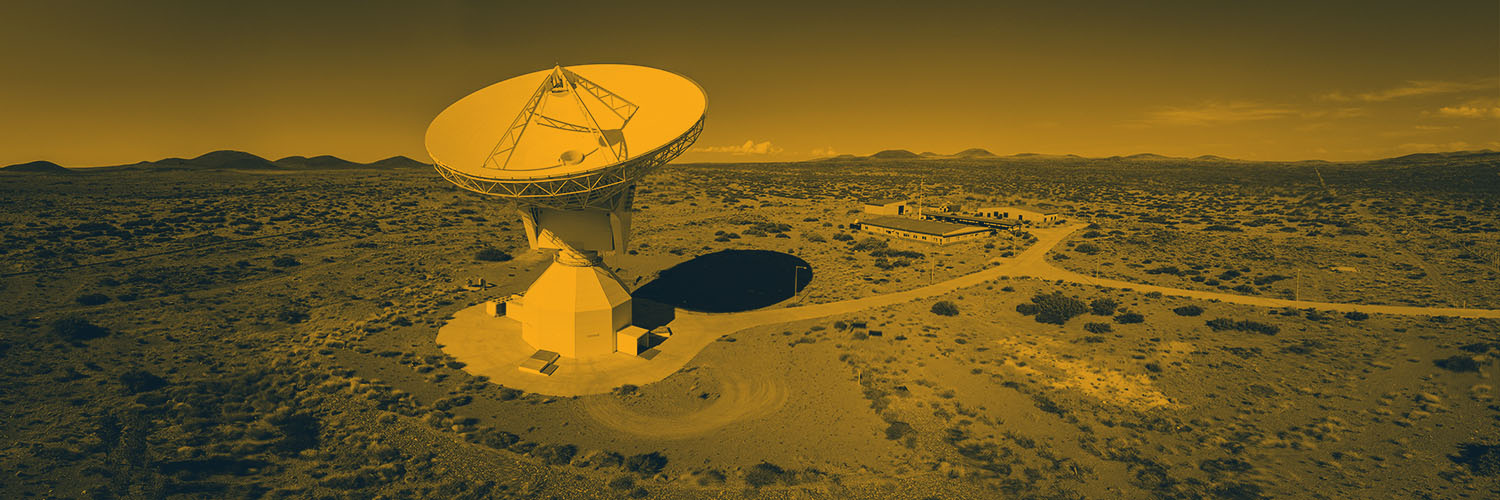Near-Earth Objects

Even a relatively small asteroid impact could cause a deadly humanitarian crisis. Some asteroids are very large, over 1 km in size, and would cause planet-wide devastation if any were to strike Earth, but their estimated population is rather small and more than 90% of these are thought to have been discovered. Thankfully, none of these pose any risk of impact.
However, more than 40 000 smaller asteroids are estimated to be out there orbiting near Earth, and less than 20% have been spotted. In 2013, an object thought to be almost 20 m in diameter exploded in the atmosphere above Chelyabinsk, Russia, damaging 7200 buildings and injuring some 1500 people; such impacts occur, it is estimated, every few decades.
Any asteroid impact threatens vital infrastructure – towns, cities, airports, roads, water supplies, etc. – used across Europe in daily activities. In addition, an impact would have cascading worldwide economic effects, with damages measured in billions of euros.
In partnership with European industry, ESA is developing an automated telescope to conduct nightly sky surveys, the first in a future network that would automatically identify possible new near-Earth objects for follow up by human researchers. One such telescope costs just 3% of what Europeans spend on pet accessories each year.
ESA is also planning a new mission, Hera, that will prove in-orbit asteroid deflection techniques, significantly strengthening prospects for humankind’s long-term survival.
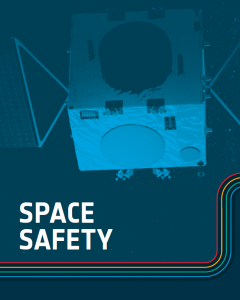 Facts and figures about this proposal [ Download PDF ]
Facts and figures about this proposal [ Download PDF ]


